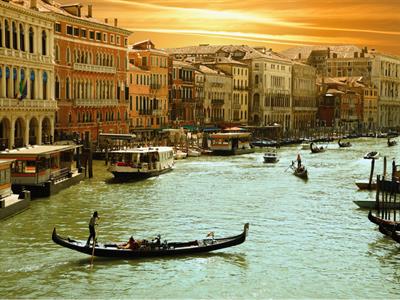
PUMPA - SMART LEARNING
எங்கள் ஆசிரியர்களுடன் 1-ஆன்-1 ஆலோசனை நேரத்தைப் பெறுங்கள். டாப்பர் ஆவதற்கு நாங்கள் பயிற்சி அளிப்போம்
Book Free DemoMedieval Period
The medieval period commonly denotes the period after \(11th\ century\ AD\). During this period, the European countries increased their overseas trade by discovering new routes to Asian countries like India, China etc. This trade played a crucial role in the revival of European towns and cities after a period of low development.
In the early medieval period, the rate of urbanisation was slow due to unstable political conditions. Medieval urban centres were surrounded by agricultural lands.
At the end of the \(13th\ century\), Paris, London, Geneva, Milan and Venice were the important cities found in Europe.
In the early medieval period, the rate of urbanisation was slow due to unstable political conditions. Medieval urban centres were surrounded by agricultural lands.
At the end of the \(13th\ century\), Paris, London, Geneva, Milan and Venice were the important cities found in Europe.

Venice
Modern Period
The modern means of transport and communication speeded up the process of urbanisation. The development of new trade routes during the 19th century had strengthened the trade centres and urban areas.
The latest development in urbanisation was noticed in the continent of Africa. Before 1930, Africa had towns only on its coasts, but now it has over 50 towns with a population exceeding 1,00,000. Major cities in Africa are Cairo, Addis Abba, Nairobi, Mombasa, Bulawayo, Logos, Duala, Abidian, Accra, Leopoldville, Natal, Luanda, Cape Town, Pretoria etc. Thus, in the modern age, accelerating urbanisation is resulting in a redistribution of the population throughout the world.